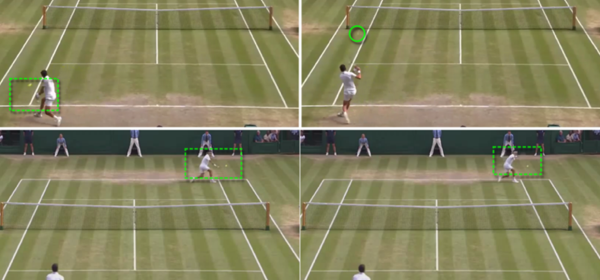Quantifying the training load and measuring it helps the coaches and athletes to understand the process progression at the practice and during or after the tournament. Information about the progression is crucial as the coach can understand which of the practice elements the athlete has already implemented successfully into the game. Systematically monitoring the physiological and psychological changes of the athletes’ performances, helps to determine the effectiveness of the practice and based on that to analyze the efficiency of the training program






